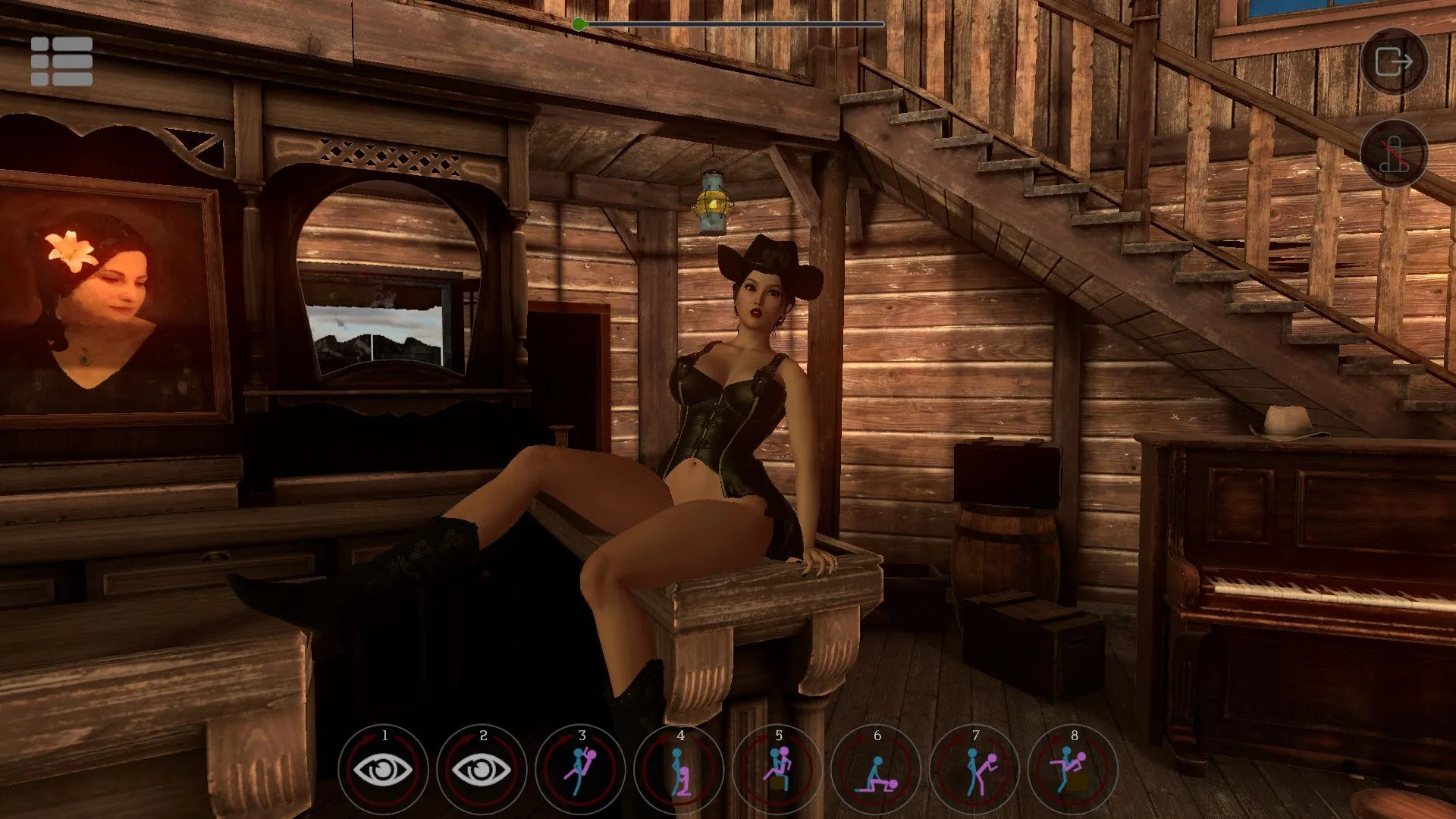
The Theater of Sinners
Play The Theater of Sinners
The Theater of Sinners review
Exploring the Features, Gameplay, and Unique Appeal of The Theater of Sinners
The Theater of Sinners is a captivating game that has attracted a dedicated audience thanks to its immersive storytelling and interactive gameplay. In this article, we dive deep into what makes The Theater of Sinners unique, exploring its core features, narrative style, and player experience. Whether you’re curious about the game’s mechanics or want to understand its appeal, this guide will provide a comprehensive overview to help you get the most out of your experience.
Exploring The Theater of Sinners: Gameplay and Features
Ever stumbled into a show where you weren’t just in the audience, but the lead actor, director, and critic all at once? 😲 That’s the immediate, captivating feeling you get from The Theater of Sinners. It’s not just a game you play; it’s a world you step into, a narrative you co-author. At its heart, it’s a masterclass in interactive storytelling, placing you at the center of a gripping drama where every choice ripples through the lives of a cast of deeply flawed, fascinating characters. Forget passive entertainment; this is about active participation. You’re not just watching the story of these sinners unfold—you’re holding the pen, and the ink is permanently wet. 🖊️
### What Is The Theater of Sinners?
So, what exactly is this production? 🎭 Imagine a game that blends the tense, choice-driven narrative of a psychological thriller with the rich world-building of a gothic novel. The Theater of Sinners is a narrative adventure game where your decisions genuinely shape the world, relationships, and ultimate fates of everyone involved. The core premise is as brilliant as it is simple: you are the newest member of a mysterious, traveling theater troupe, each member burdened by a dark past—a “sinner.” Your job is to help them rehearse their life stories for a final, cathartic performance.
The genre is a bit hard to pin down, and that’s what makes it so special. It’s part visual novel, part role-playing game, and part moral dilemma simulator. The experience it offers is one of profound emotional investment. I remember my first playthrough; I spent a good ten minutes agonizing over whether to comfort a character who had just confessed a terrible secret or to challenge them on it. That tension, that weight of responsibility, is the game’s true currency. It’s designed for players who love to get lost in a story and see their own fingerprints left all over it. ✨
### Core Gameplay Mechanics
The magic of The Theater of Sinners gameplay lies in its elegant yet deep systems. It’s not about quick reflexes or complex button combinations; it’s about thoughtful engagement. The primary game mechanics in The Theater of Sinners revolve around three pillars: conversation, choice, and consequence.
Your main tool is dialogue. You’ll spend much of your time talking to the troupe members, unspooling their histories during rehearsals and private moments. But this isn’t just picking from a list of questions. The game presents you with nuanced response options that reflect different attitudes—compassion, suspicion, ambition, or detachment. Choosing one doesn’t just change the immediate reply; it alters the character’s perception of you and their own emotional state.
This leads to the second mechanic: the relationship web. Every character is connected, and your actions with one will be gossiped about or resented by another. Helping one sinner forgive themselves might inadvertently cause another to spiral into jealousy. Keeping track of these shifting loyalties is key to navigating the story successfully.
Finally, there’s the rehearsal system. This is where you actively direct scenes from the characters’ pasts. You’ll make key decisions on how a scene should be performed, which directly influences how the character processes that memory. It’s a brilliant meta-layer to the Theater of Sinners gameplay, blurring the line between re-enactment and reality.
To help visualize how these systems work together, here’s a breakdown:
| Mechanic | Description | Player Impact |
|---|---|---|
| Dialogue Choices | Selecting responses with specific emotional tones (e.g., Empathetic, Confrontational, Evasive). | Directly influences character affinity and unlocks new story branches. |
| Affinity System | A hidden score tracking your relationship with each character, affected by your choices. | High affinity unlocks exclusive scenes and alternative endings for that character. |
| The Rehearsal Minigame | Guiding a character through a pivotal memory by choosing actions and emotions. | Can lead to a character achieving closure or becoming further traumatized, altering their final performance. |
| The Rumor Mill | Characters talk about your actions when you’re not around, affecting off-screen relationships. | Your reputation precedes you, opening or closing certain paths based on your perceived allegiances. |
Understanding these game mechanics in The Theater of Sinners is the first step to mastering how to play The Theater of Sinners. My biggest piece of advice? Don’t try to game the system on your first run. Play authentically. Go with your gut. The most powerful player experience in The Theater of Sinners comes from facing the consequences of your sincere choices, not from following a guide to a “perfect” ending. 🙌
### Unique Features That Set It Apart
Many games have choices, but The Theater of Sinners boasts unique game features that truly set it apart from the crowd. Its soul is its narrative style. The story is not a single, fixed thread but a fragile tapestry that you weave with every decision. There is no “game over” screen for making a “wrong” choice; there are only different stories, some tragic, some hopeful, all valid. This commitment to branching narrative makes it a premier interactive storytelling game.
Another standout is the character development. These aren’t archetypes; they are messy, contradictory, and profoundly human. The game avoids simple morality. A character who lies to protect a friend might be more “good” than one who tells a cruel truth. I formed a strong bond with a character I initially disliked simply because I took the time to understand why they acted the way they did. This depth is a core part of the Theater of Sinners features.
Visually, the game is a haunting painting come to life. 🖼️ The art style uses a muted, watercolor palette that feels both beautiful and melancholic, perfectly matching the tone of the story. The score is another character in itself—a somber, strings-heavy composition that swells precisely when your heart is about to break.
All these elements combine to create a unforgettable player experience in The Theater of Sinners. It’s a game that stays with you long after you’ve put it down, prompting you to immediately start again to see what could have been different if you’d just said one other thing. It’s a testament to the power of video games as a medium for personal, impactful storytelling. If you’re ready to take the stage, just remember: there are no rehearsals for life, but in this theater, you get to live every possible version. 🎪
The Theater of Sinners offers a rich and engaging experience that combines immersive storytelling with interactive gameplay. Its unique features and thoughtful design make it a standout title for players seeking a compelling narrative-driven game. Whether you’re new or returning, exploring its mechanics and story will provide hours of entertainment. Dive in and discover what makes The Theater of Sinners a memorable experience.





















